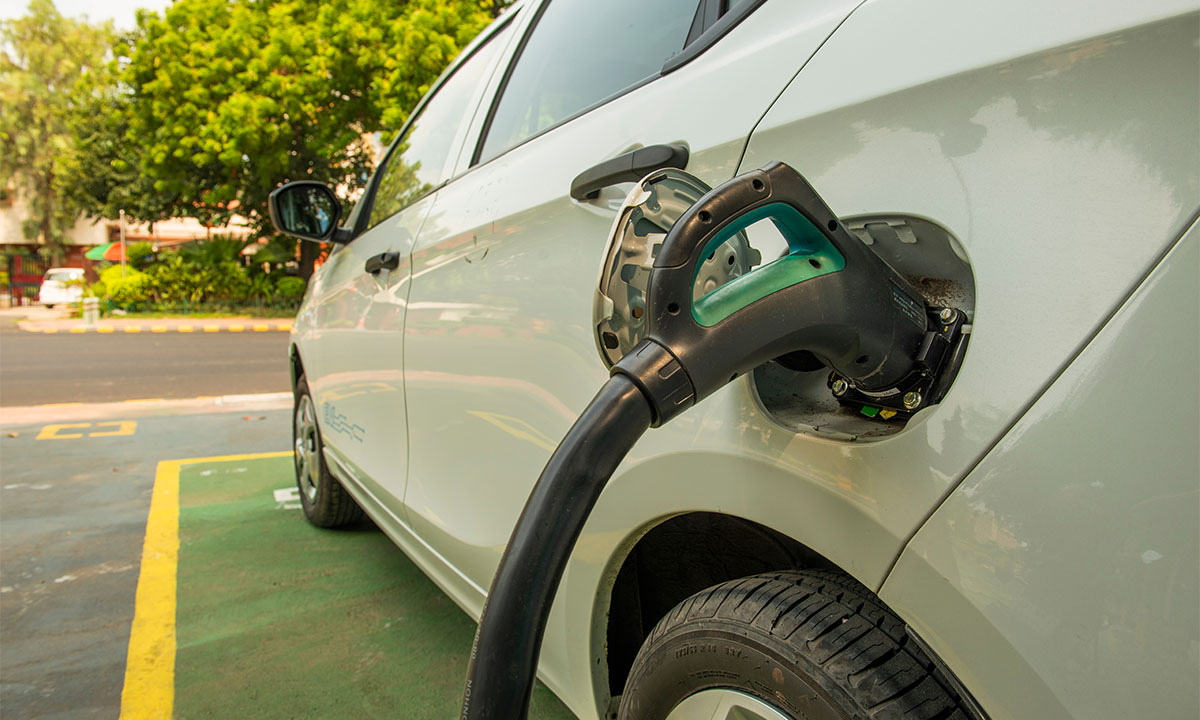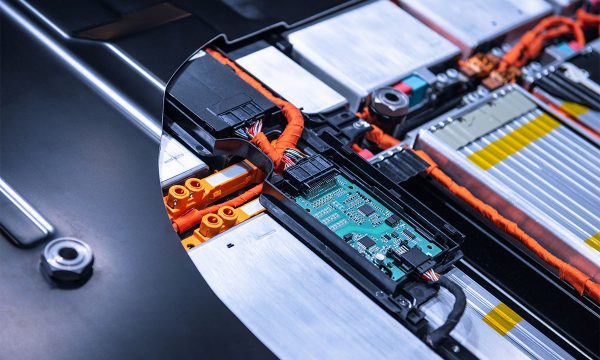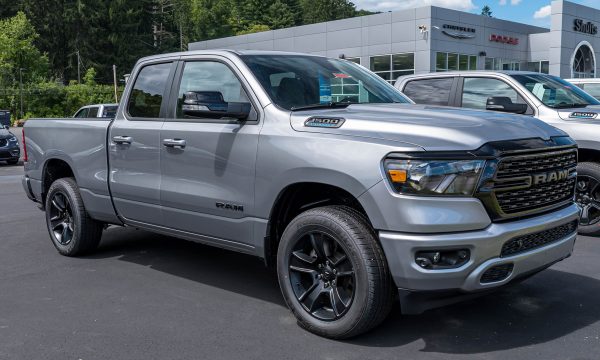
The title for this column may be a bit anachronistic given that for a lot of modern vehicles there are no more “gears” per se.
It’s probably obvious, however, that if you did have gears in your vehicle’s transmission, or you if you are a cyclist, or if you are using any other mechanical device with gears, the last thing that you want is any contaminant in the gears that prevents their smooth operation and which could cause immediate or eventually breakdown.
From my vantage point, the transition to electrified vehicles is becoming a little bogged down by sand in the gears; perhaps well-intentioned sand in the gears, but sand in the gears nonetheless. Let’s look at a few examples so that you can better understand what I mean.
The governments of both British Columbia and Quebec have proposals currently out for consultation that will make their respective ZEV mandates significantly more stringent for automakers.
They share a number of similar proposals (clearly the two provinces are talking — not only with each other but with California as well) such as restricting the credits available to manufacturers for BEV and PHEV vehicles and increasing the penalty for companies associated with missing your target.
In both cases, it is proposed that that penalty would increase four-fold from $5,000 per vehicle to $20,000 per vehicle. The intention seems to be to try and force manufacturers to put more zero emission vehicles on the road as opposed to using credits as a compliance mechanism, and then to make it very costly for manufacturers who do not maintain their ratio of ZEV sales to total sales.
So, while this may be a very good intention to get more ZEVs on the road, the reality will likely be that manufacturers will be very aggressive on managing their vehicles for sale to consumers through dealerships to ensure that they don’t have to pay those sizable penalties.
It also seems plausible (especially in a micro-chip constrained world) that manufacturers may opt to skew their new vehicle offerings to the vehicles for which they make the most profit (larger vehicles, SUVs, pick-ups, higher trim levels etc.) to hedge in case they have wind up having to pay such penalties, not to mention maintaining a revenue stream to continue to fund the transition to electrification.
The end result? There is less selection and fewer affordable models of new ICE vehicles available to consumers. So, we end up with more, generally less fuel efficient, new vehicles going on the road with a from a more restricted selection of newer vehicles, leaving consumers with the only option of purchasing used, generally less fuel efficient vehicles to get either the vehicle they want or a vehicle they can afford. All of which will increase overall transportation GHG emissions. Sand in the gears.
At the same time, both provinces in their own ways, are restricting access to vehicle incentives, which in our view are necessary to facilitate consumers’ transition to a ZEVs.
In Quebec’s spring budget the government announced that it was reducing the provincial incentive for BEVs from $8,000 to $7,000 and from $8000 to $5000 for PHEVs.
This decision was, according to budget documents, to “reflect the reduction in additional costs of electric vehicles on the market relative to comparable internal combustion models while encouraging the acquisition of vehicles with greater electric range and GHG emission reduction potential.”
But what’s been happening to EV prices? They’ve been going up, not down, for a variety of reasons.
In the case of B.C., the government recently announced that they would be increasing the provincial incentive from $3,000 to $4,000 which sounds great until you look at the fact that the incentive will be available on the basis of individual or household income.
If you make more than $100,000 or your family makes more than $165,000 — no rebate for you. The maximum rebate occurs for individuals earning $80,000 or less or $100,000 as a household.
Again, while the intention of trying to provide rebates to individuals and households of more modest means is laudable, with the average EV being about the same price as the average annual income in Canada, it is dubious as to how many of these targeted individuals will make the plunge for an extra $1,000 from the government.
Additionally, it remains the case that the government has effectively removed the incentive for the folks that are actually purchasing EVs in B.C. — the relatively better off.
While some might say the so-called “rich” don’t care about incentives and will purchase EVs anyway, I would only say that is a huge assumption.
Further, when you combine lack of incentives with record high inflation eating into everyone’s disposable income, and higher interest rates disproportionately impacting the carrying costs of higher-priced EVs (vs ICE) vehicles I don’t think I’d be taking the bet that ZEV sales will continue to tick along. More sand.
Another complicating factor here is that folks interested in purchasing a vehicle will first have to obtain an official certification of their income by submitting an application through a somewhat convoluted process on a Government of B.C. website that they can then take to a dealer. Yet more sand.
It is really difficult to see how all of these efforts are going to assist in moving the needle on EV uptake. What we really need is for governments to significantly reduce the friction for consumers and businesses getting into an EV, as opposed to making it more difficult, complicated, or less compelling.
The challenges aren’t just related to our own country, however, as the United States recently passed the Inflation Reduction Act which includes EV incentives that will be necessary for the U.S. to meet its own goals and ambitions for ZEV adoption (50 per cent by 2030).
Fortunately for Canadian manufacturers, EVs built here will also qualify for the rebate, but the rebate may well be irrelevant, owing to the caveats around battery and battery component sourcing and production that would need to be done in North America.
While again, it is laudable to want to build up North American security of supply and have all of that work done here, the reality is that those requirements ramp up more quickly than such production and sourcing can be brought on stream.
So while the EV incentive is great — the fact that 70 per cent or more of EVs would not be able to qualify for it doesn’t really help. Very sandy.
The new U.S. credit will also mean that Canada will need to increase its incentive — from the current $5,000 — to about $9,600 to match the U.S. incentive, otherwise we run the risk of ZEV arbitrage across the Canada U.S. border where the vehicles attract a higher incentive.
Given that it seems we will have a national ZEV mandate and that our targets are higher than those of the U.S. (at least 60 per cent by 2030) we need to ensure that we can get all of the ZEVs we can into the hands of Canadian consumers and therefore, we need to avoid any consideration of adding the same battery and critical minerals caveats to incentive eligibility.
For one, such caveats run afoul of WTO requirements and secondly they represent — you guessed it — more sand in the gears of ZEV adoption in Canada.
Sand on a beach in the summer is wonderful. Sand in the gears of EV adoption is trouble. Let’s keep the sand where it belongs.











